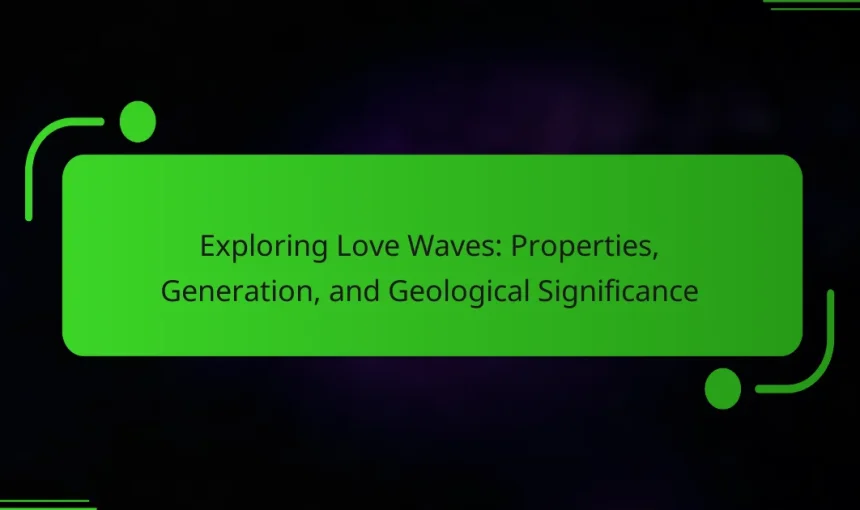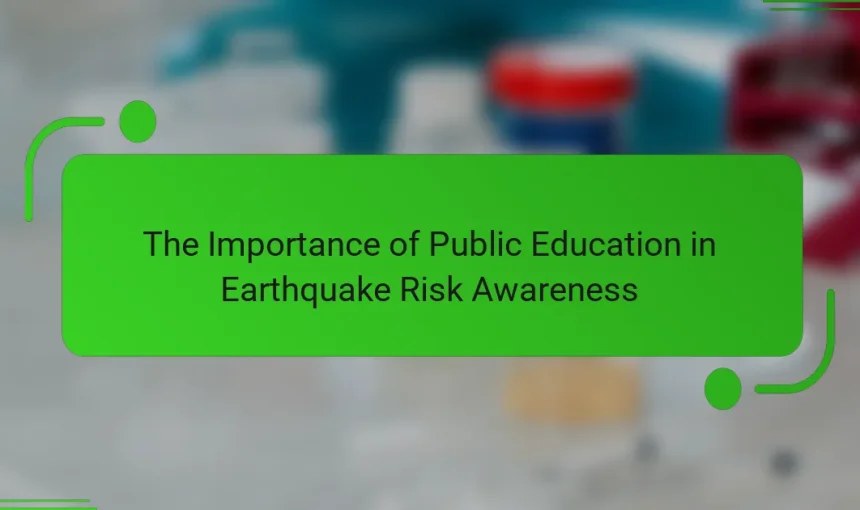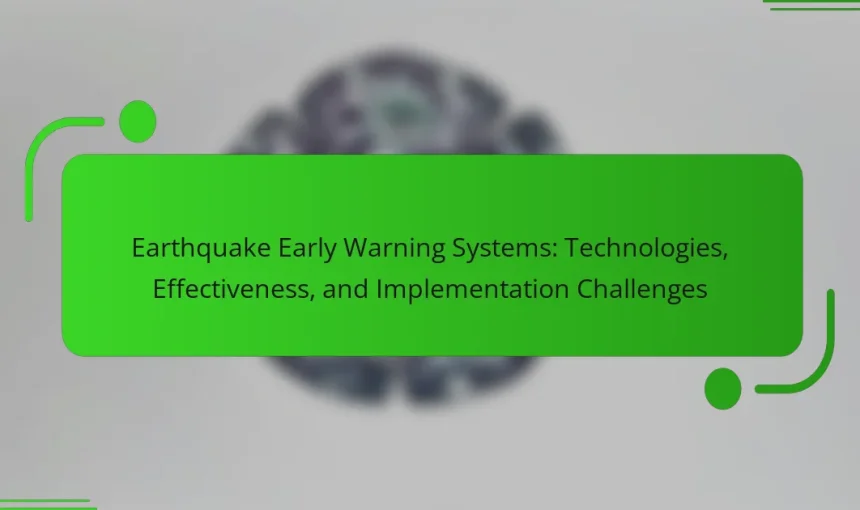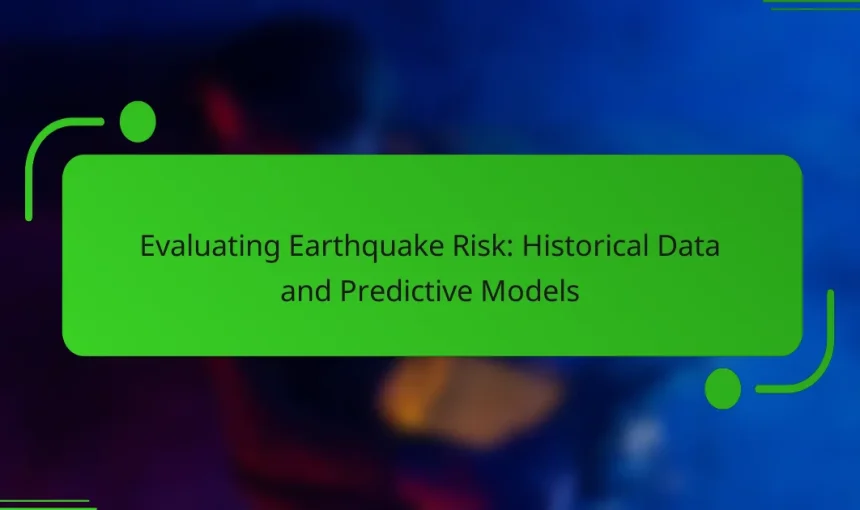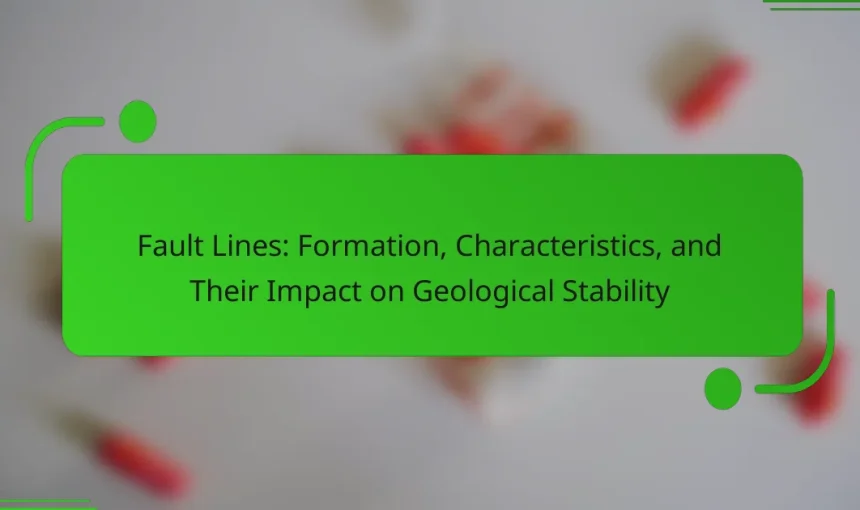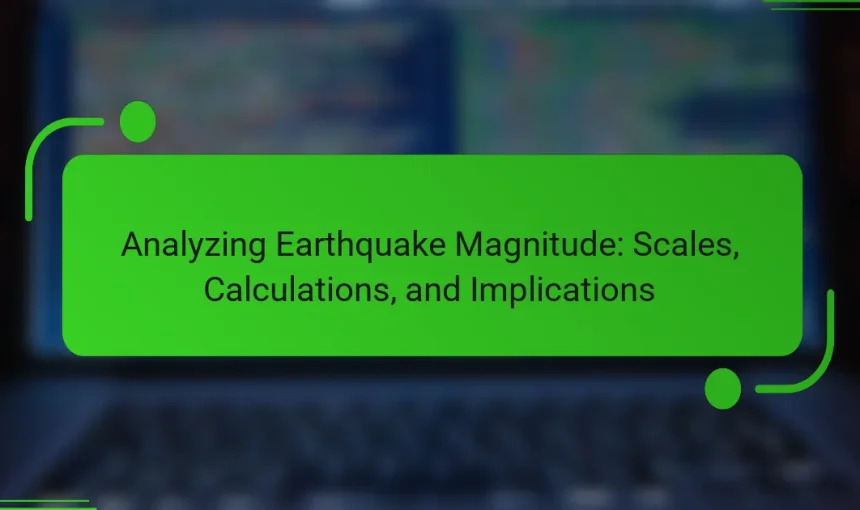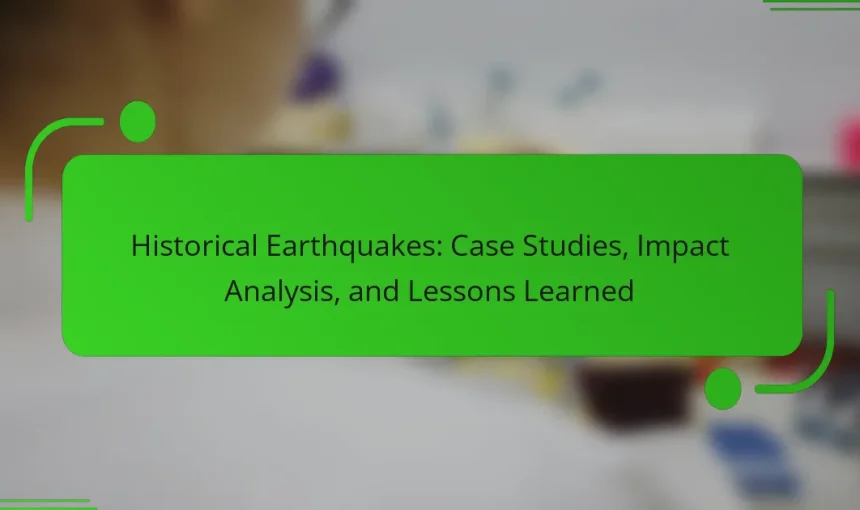Love waves are a type of surface seismic wave that travel along the Earth’s surface, characterized by horizontal shear motion that causes ground displacement perpendicular to the wave’s direction. Named after mathematician A.E.H. Love, these waves are generated by seismic activity, particularly during earthquakes, and typically arrive after primary and secondary waves. Love waves are […]
Public education in earthquake risk awareness is essential for enhancing community safety and preparedness. It provides individuals with knowledge about earthquakes, their potential impacts, and effective response strategies. Research shows that communities with strong educational initiatives experience lower casualties during seismic events, as informed citizens are more likely to engage in preparedness activities. However, challenges […]
Earthquake Early Warning Systems are advanced technologies that detect seismic activity and provide alerts before shaking occurs, allowing people and organizations to take protective measures. These systems rely on a network of sensors to monitor ground motion and analyze seismic waves, with the potential to save lives and reduce injuries during earthquakes. However, challenges such […]
Portable seismographs are compact instruments specifically designed to measure seismic activity, including ground motion from earthquakes and explosions. These devices are essential for field research in geology and seismology, providing capabilities such as built-in data storage and wireless connectivity for data collection in remote locations. They capture various seismic data, including P-waves, S-waves, and surface […]
Accelerometers are devices essential for measuring acceleration forces, particularly in seismological research where they detect ground motion during earthquakes. They provide real-time data on seismic waves, aiding scientists in analyzing earthquake intensity, duration, and building responses. Various types of accelerometers, including analog, digital, and strong-motion accelerometers, each serve specific functions in monitoring seismic activity. The […]
Earthquake Risk Evaluation assesses the potential impact of earthquakes on structures and populations by analyzing historical seismic data and predicting future occurrences. This process identifies vulnerable areas and informs disaster preparedness strategies, focusing on geological conditions, building codes, and community resilience. Utilizing historical data, statistical models, machine learning algorithms, and physical models, researchers can predict […]
Rayleigh waves are a significant type of surface seismic wave that propagate along the Earth’s surface, characterized by their rolling motion, which induces both vertical and horizontal ground movement. Their impact is critical during earthquakes, often causing substantial damage to structures and landscapes due to their ability to travel long distances and create intense ground […]
Fault lines are fractures in the Earth’s crust where tectonic plates interact, leading to potential seismic activity. This article explores the formation and characteristics of various types of fault lines, including normal, reverse, and strike-slip faults, and their implications for geological stability. It highlights the significance of understanding these geological features in predicting earthquakes and […]
Earthquake magnitude is a critical measure of the energy released during seismic events, quantifying their size and potential impact. The Richter scale is the most commonly used method for calculating magnitude, where each whole number increase signifies a tenfold rise in amplitude and approximately 31.6 times more energy release. This article explores the implications of […]
Historical earthquakes are significant seismic events that have shaped communities and landscapes, providing crucial insights into geological processes and earthquake risks. This article analyzes notable historical earthquakes, such as the 1906 San Francisco earthquake and the 2004 Indian Ocean earthquake and tsunami, examining their devastating impacts on infrastructure, loss of life, and economic consequences. It […]
